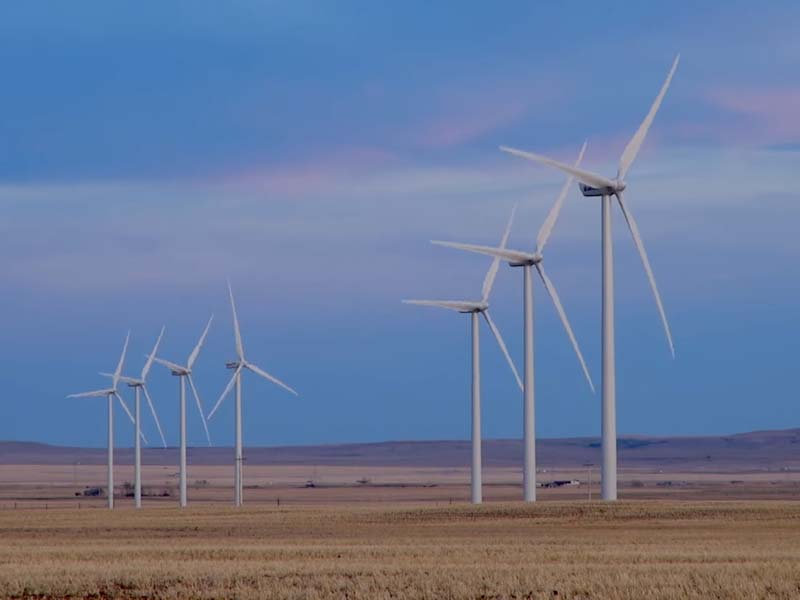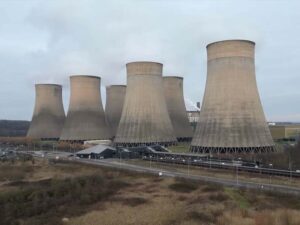Access to reliable and sustainable energy is a fundamental requirement for socioeconomic development, yet many remote areas around the world struggle to meet this basic need. The lack of centralized power infrastructure in these regions poses significant challenges, leaving communities without essential services and hindering progress.
However, the emergence of decentralized power stations offers a promising solution to address energy poverty in remote locations. In this article, we will explore how decentralized power stations can empower remote communities, enhance energy access, and drive positive change in these underserved regions.
Energy Access in Remote Areas
The energy access gap remains a pressing global issue, impacting over a billion people in remote and isolated regions. These communities often lack access to conventional electricity grids due to geographical barriers, sparse populations, and the high costs associated with extending power infrastructure to remote locations.
As a consequence, residents are forced to rely on traditional and often environmentally damaging energy sources, such as firewood and kerosene lamps, leading to adverse health effects and limited economic opportunities.
Introducing Decentralized Power Stations
Decentralized power stations, also known as distributed energy systems, present a paradigm shift in energy generation and distribution. Unlike centralized power plants that feed into a vast grid network, decentralized power stations operate locally, serving individual communities or clusters of nearby settlements.
These systems draw from renewable energy sources and are often based on microgrids or off-grid configurations, providing sustainable and reliable energy access to remote areas. This allows the use of indoor hydroponic systems that are environmentally friendly because they do not require the use of pesticides. You can learn more about this topic on our website.
Harnessing Solar Energy in Remote Locations
Solar energy is one of the most accessible and abundant renewable resources in remote regions. Advancements in solar technology, including efficient photovoltaic cells and cost-effective installations, have made solar power a viable option for decentralized power stations. Off-grid solar systems can be tailored to meet the specific energy needs of communities, powering homes, schools, healthcare facilities, and small businesses.
Tapping into Wind Power for Remote Communities
Many remote areas experience consistent wind patterns, making wind power a promising option for decentralized energy generation. Small-scale wind turbines can be strategically installed to harness wind energy and provide a reliable power supply. Wind-powered microgrids offer a scalable solution that adapts to the energy demands of remote communities while minimizing environmental impact.
Unlocking the Potential of Hydroelectricity
In regions with access to flowing water bodies, small-scale hydroelectric power stations can be developed to generate electricity locally. These decentralized hydro projects can be designed to minimize environmental disruption and provide a constant source of clean energy, benefiting nearby communities and supporting local economic activities.
Biomass Solutions for Remote Energy Needs
Biomass power generation utilizes organic materials like agricultural waste and forest residues to produce energy. In remote areas with abundant biomass resources, decentralized biomass power stations offer a sustainable and efficient energy option, reducing reliance on fossil fuels and mitigating environmental degradation.
Geothermal Energy for Remote Communities
In geologically active regions, geothermal energy can be harnessed to provide a reliable and continuous power supply. Decentralized geothermal power stations tap into the Earth’s natural heat reservoirs, offering a consistent energy source for remote communities, especially those situated near natural hot springs.
Advantages of Hybrid Decentralized Power Systems
Combining multiple renewable energy sources in hybrid systems enhances the reliability and stability of decentralized power stations. Hybrid solutions, such as solar-wind and solar-hydro combinations, allow communities to optimize their energy mix and ensure uninterrupted power supply, even during periods of low renewable energy generation.
Community Involvement and Empowerment
A crucial aspect of successful decentralized power initiatives is active community involvement and ownership. Engaging local residents in the planning, implementation, and maintenance of decentralized power stations fosters a sense of ownership and responsibility, leading to greater long-term sustainability and acceptance.
Overcoming Challenges and Barriers
While decentralized power stations offer a promising solution, several challenges must be addressed for widespread adoption. These include securing adequate funding and investments for remote projects, addressing technical challenges unique to remote locations, and implementing supportive government policies and incentives.
Success Stories and Real-World Examples
Across the globe, numerous success stories demonstrate the transformative impact of decentralized power stations in remote areas. These examples showcase how clean and reliable energy access can improve livelihoods, education, healthcare, and local economies, creating a virtuous cycle of development and progress.
Summary
Decentralized power stations stand as a beacon of hope for remote communities facing energy poverty. By harnessing renewable resources and empowering local residents, these innovative energy solutions can bridge the energy access gap and unlock the potential for sustainable development in remote regions.
Collaborative efforts from governments, private sector entities, and local communities are vital to ensure a brighter, cleaner, and more inclusive energy future for all.


